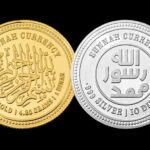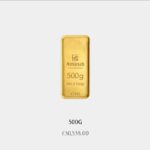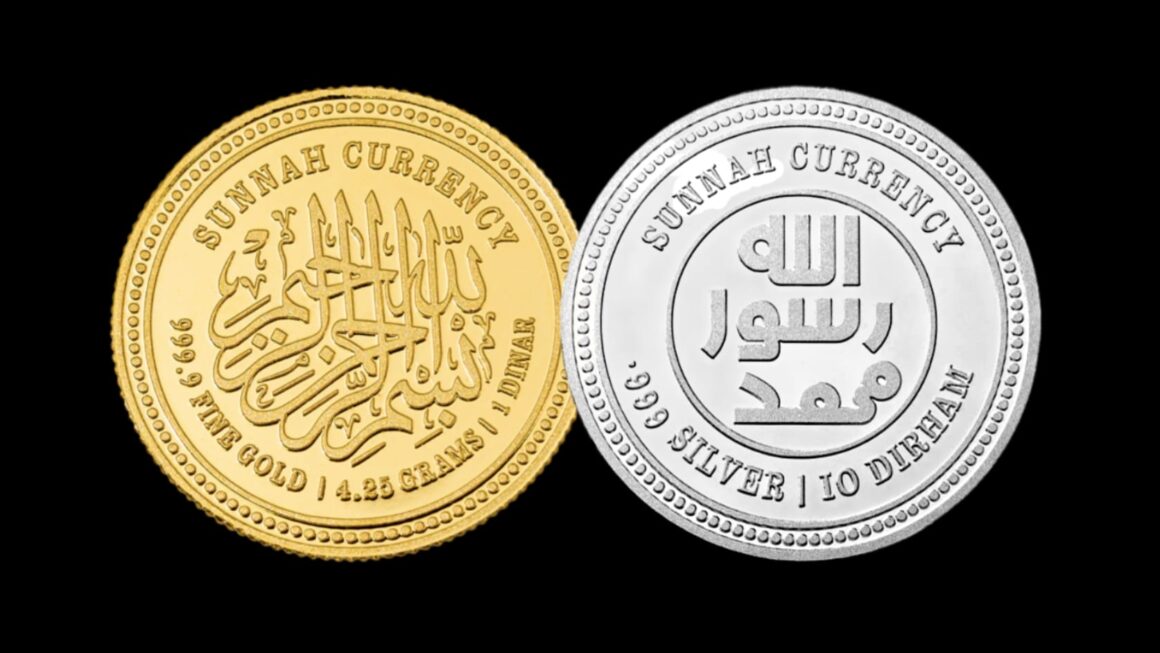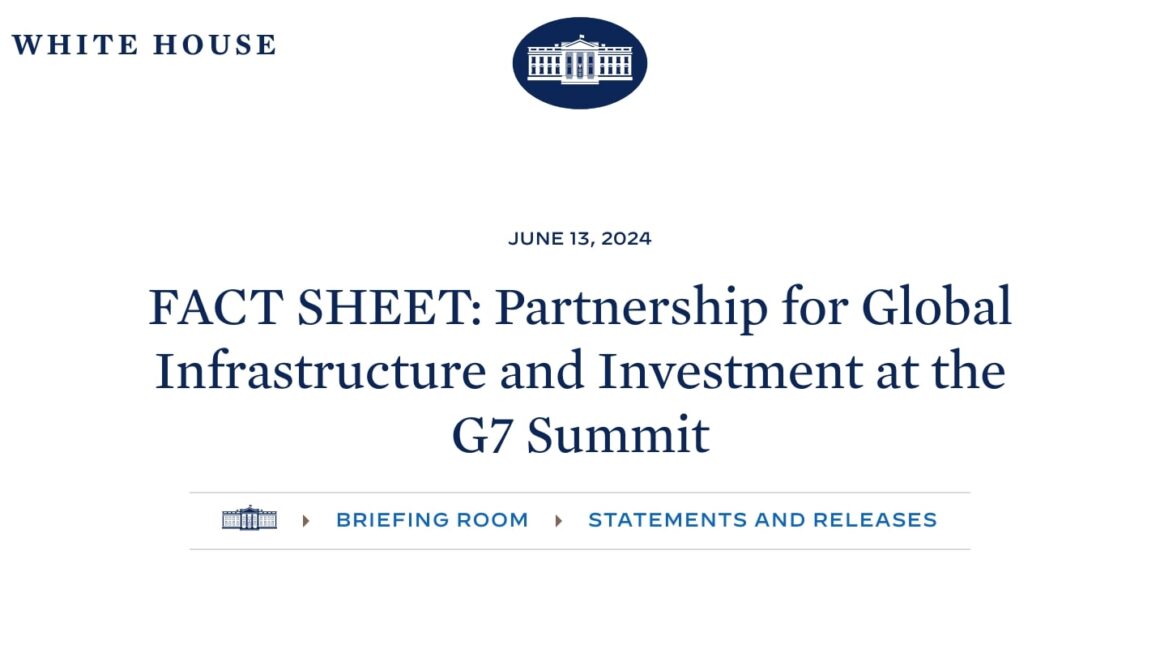Gold has always been a symbol of wealth and prosperity, and over the years, it has played a significant role in the global economy. In recent times, the BRIC countries, comprising Brazil, Russia, India, and China, have emerged as key players in the gold market. These countries are not only significant consumers of gold but are also actively involved in its production, trade, and investment. This article explores the growing influence of the BRIC countries in the gold industry and the factors contributing to their increasing involvement.
Outline:
- Introduction
- The Importance of Gold in the Global Economy
- The Rise of the BRIC Countries
- 3.1 Brazil’s Gold Market
- 3.2 Russia’s Gold Industry
- 3.3 India’s Growing Gold Demand
- 3.4 China’s Dominance in the Gold Market
- Factors Driving the BRIC Countries’ Interest in Gold
- 4.1 Economic Growth and Development
- 4.2 Currency Diversification
- 4.3 Inflation Hedging
- 4.4 Geopolitical Considerations
- Gold Production and Trade in the BRIC Countries
- 5.1 Brazil’s Gold Production and Exports
- 5.2 Russia’s Gold Mining and Export Activities
- 5.3 India’s Gold Imports and Domestic Market
- 5.4 China’s Gold Mining and Global Influence
- Gold Investment Opportunities in the BRIC Countries
- 6.1 Gold ETFs and Funds
- 6.2 Gold Jewelry Market
- 6.3 Central Bank Gold Reserves
- 6.4 Gold Mining Stocks
- Challenges and Future Prospects
- Conclusion
The Importance of Gold in the Global Economy
Gold has held a special place in the global economy for centuries. It is considered a safe haven asset that retains its value even in times of economic uncertainty. Central banks, investors, and individuals alike have recognized its role as a store of value and a hedge against inflation. Additionally, gold is widely used in jewelry, technology, and various industrial applications, further driving its demand.
The Rise of the BRIC Countries
The BRIC countries, namely Brazil, Russia, India, and China, have witnessed remarkable economic growth and development over the past few decades. This growth has led to increased personal wealth, expanding middle-class populations, and a surge in consumer demand. As a result, these countries have emerged as major players in the global economy, with a significant impact on various sectors, including the gold market.
3.1 Brazil’s Gold Market
Brazil is renowned for its rich mineral resources, and gold is no exception. The country has a long history of gold mining, dating back to the colonial era. Today, Brazil is one of the world’s largest gold producers, with substantial reserves and a well-established mining industry. Furthermore, Brazil’s vast natural resources have attracted significant foreign investment, contributing to the growth of its gold sector.
3.2 Russia’s Gold Industry
Russia has witnessed a remarkable transformation in its gold industry over the past two decades. The country has experienced a surge in gold production, becoming one of the world’s largest producers. The Russian government has actively encouraged gold mining and exploration, offering incentives to attract both domestic and international investors. This focus on gold has helped diversify Russia’s economy and reduce its dependence on oil and gas exports.
3.3 India’s Growing Gold Demand
India has a deep cultural affinity for gold, with its citizens considering it a symbol of wealth and auspiciousness. The country is the world’s second-largest consumer of gold, with demand primarily driven by jewelry purchases and investment. India’s rapidly growing middle class, rising disposable incomes, and cultural traditions make it a significant player in the global gold market.
3.4 China’s Dominance in the Gold Market
China has emerged as the world’s largest consumer and producer of gold. The country’s massive population, rapid urbanization, and increasing affluence have fueled the demand for gold jewelry and investment products. China’s central bank has also been actively adding to its gold reserves, diversifying its foreign exchange holdings. Furthermore, China has been promoting gold mining domestically and expanding its influence in the global gold market.
Factors Driving the BRIC Countries’ Interest in Gold
Several factors contribute to the BRIC countries’ growing interest in gold:
4.1 Economic Growth and Development
The rapid economic growth and development experienced by the BRIC countries have created a wealthier population with a higher demand for luxury goods, including gold. As personal incomes rise, so does the desire to own gold as a status symbol and investment asset.
4.2 Currency Diversification
The BRIC countries, especially Russia and China, have been actively seeking to reduce their dependence on the US dollar and diversify their currency reserves. Gold serves as an attractive alternative store of value, providing stability and protection against currency fluctuations.
4.3 Inflation Hedging
Gold is widely recognized as a hedge against inflation. As the BRIC countries witness rising inflationary pressures, investors and central banks turn to gold to safeguard their purchasing power and mitigate the erosion of wealth.
4.4 Geopolitical Considerations
The BRIC countries are aware of the geopolitical risks associated with relying too heavily on a single currency or economic power. By increasing their gold reserves and promoting domestic gold industries, these nations aim to strengthen their economic independence and safeguard against external shocks.
Gold Production and Trade in the BRIC Countries
The BRIC countries have a significant impact on global gold production and trade:
5.1 Brazil’s Gold Production and Exports
Brazil boasts substantial gold reserves and a well-established mining industry. The country produces a significant amount of gold annually, contributing to its economic growth. Brazil’s gold exports play a crucial role in international trade, supplying gold to various regions around the world.
5.2 Russia’s Gold Mining and Export Activities
Russia has experienced a surge in gold production, making it one of the largest gold-producing countries globally. The Russian government actively supports the gold industry, promoting exploration and attracting foreign investment. Russia’s gold exports contribute to its trade balance and play a crucial role in the global gold market.
5.3 India’s Gold Imports and Domestic Market
India is a major importer of gold due to its strong cultural affinity and demand for jewelry. The country’s gold imports significantly contribute to its trade balance. Additionally, India has a thriving domestic gold market, with numerous jewelry retailers and investment avenues.
5.4 China’s Gold Mining and Global Influence
China leads the world in gold production, with an extensive mining sector that extracts significant amounts of gold each year. The country’s domestic gold market is robust, driven by consumer demand for gold jewelry and investment products. China’s gold mining activities and increasing gold reserves give it considerable influence in the global gold market.
Gold Investment Opportunities in the BRIC Countries
Investors in the BRIC countries have various avenues to explore when it comes to gold investment:
6.1 Gold ETFs and Funds
Exchange-traded funds (ETF) and funds provide investors with an opportunity to gain exposure to the gold market without physically owning the metal. These financial instruments track the performance of gold prices and allow investors to buy and sell shares on stock exchanges. In the BRIC countries, gold ETFs and funds have gained popularity as a convenient and accessible way to invest in gold.
6.2 Gold Jewelry Market
The demand for gold jewelry in the BRIC countries remains strong, driven by cultural traditions, weddings, and festive occasions. Consumers in these countries value the craftsmanship and aesthetic appeal of gold jewelry. The gold jewelry market offers investors opportunities through retail jewelry brands, manufacturers, and distributors.
6.3 Central Bank Gold Reserves
Central banks in the BRIC countries have been actively diversifying their foreign exchange reserves by adding gold to their holdings. Gold provides stability and acts as a hedge against economic uncertainties. Investing in gold through central bank reserves allows these countries to enhance their financial stability and strengthen their currencies.
6.4 Gold Mining Stocks
Investors interested in the BRIC countries’ gold industry can consider investing in gold mining stocks. These stocks represent shares of companies engaged in gold exploration, production, and mining operations. Investing in gold mining stocks offers exposure to the potential growth and profitability of the companies operating in the sector.
Challenges and Future Prospects
While the BRIC countries show significant interest and involvement in the gold market, there are challenges and considerations they face:
- Environmental Concerns: Gold mining can have adverse environmental impacts if not conducted responsibly. The BRIC countries need to balance economic growth with sustainable mining practices to minimize ecological harm.
- Regulatory Frameworks: Effective regulations are essential to ensure transparency, fair trade, and the prevention of illegal activities in the gold industry. The BRIC countries need robust regulatory frameworks to maintain the integrity of their gold markets.
- Market Volatility: The price of gold can be volatile, influenced by global economic conditions, investor sentiment, and geopolitical events. The BRIC countries must carefully navigate market fluctuations and manage risks associated with gold price volatility.
Despite these challenges, the future prospects for the BRIC countries’ involvement in the gold market are promising. As their economies continue to grow and their populations become more affluent, the demand for gold is likely to remain strong. These countries have the potential to further develop their gold industries, strengthen their positions as major players in the global gold market, and contribute to the overall stability and growth of the industry.
Conclusion
The BRIC countries, including Brazil, Russia, India, and China, have emerged as significant players in the global gold market. Their growing economies, cultural affinity for gold, and strategic considerations have propelled their interest in gold production, trade, and investment. These countries offer a range of opportunities for investors interested in the gold industry, such as gold ETFs, jewelry markets, central bank reserves, and gold mining stocks. As the BRIC countries continue to strengthen their positions, they face challenges in environmental sustainability, regulatory frameworks, and market volatility. However, the future prospects for their involvement in the gold market remain optimistic.
FAQs (Frequently Asked Questions)
- Q: Is gold a good investment in the BRIC countries?
- A: Gold has historically been considered a reliable investment and store of value. Given the cultural affinity and growing economies in the BRIC countries, gold investment can be an attractive option for diversification and hedging against inflation.
- Q: How can I invest in gold in the BRIC countries?
- A: There are various investment avenues available, including gold ETFs and funds, purchasing physical gold, investing in gold mining stocks, or exploring opportunities in the gold jewelry market.
- Q: Which BRIC country is the largest producer of gold?
- A: China is currently the world’s largest producer of gold, followed by Russia, Brazil, and India.
- Q: What are the environmental impacts of gold mining in the BRIC countries?
- A: Gold mining can have environmental implications, including habitat destruction and water pollution. It is crucial for the BRIC countries to adopt responsible mining practices to mitigate these impacts.
- Q: How are central banks in the BRIC countries using gold reserves?
- A: Central banks in the BRIC countries are diversifying their foreign exchange reserves by increasing their holdings of gold. This helps enhance financial stability and provides a hedge against currency fluctuations.














